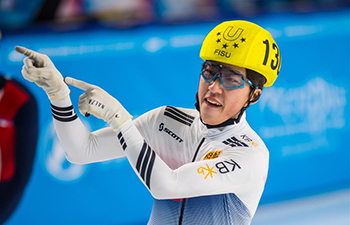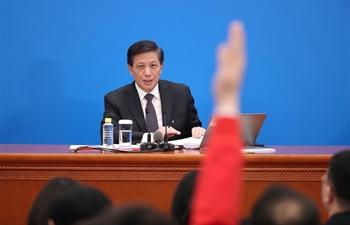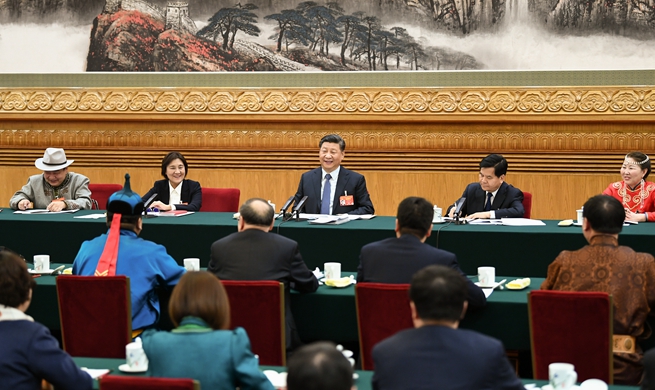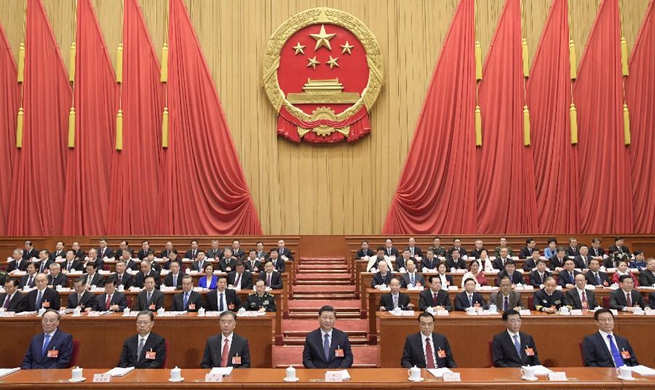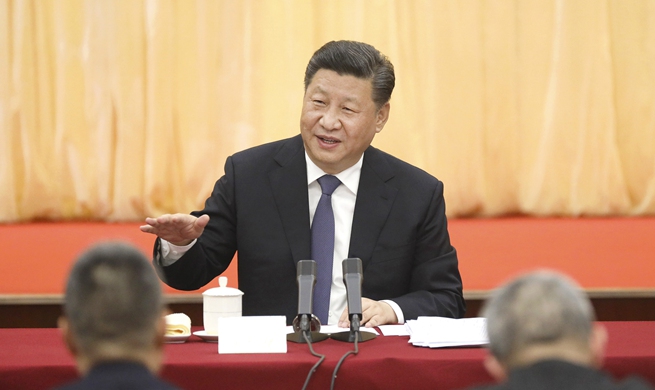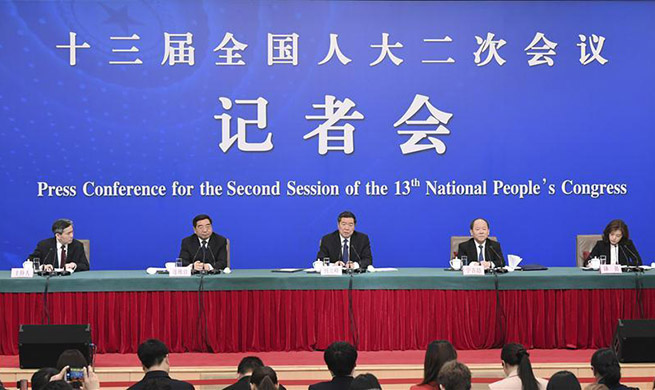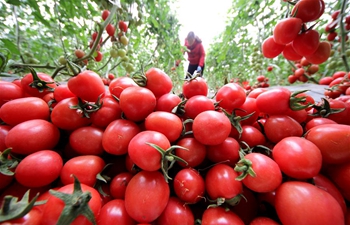NANJING, March 6 (Xinhua) -- A Chinese research team used two critical genes to regulate the size of mice organs and bodies as similarly seen in the sci-fi movie "Ant-man."
The research team, led by Professor Xu Yujun of the Nanjing Medical University in eastern China's Jiangsu Province, said the research could lead to new methods of human tumor therapy.
Xu said they removed two genes called "Pum1" and "Pum2" in the mice's embryonic periods and observed the newborn mice bodies were integrally and proportionally smaller than normal ones. Researchers can exclude the effects of other factors like feeding and growth hormones.
Further study showed that mice embryos without Pum1 were already smaller than others during the 13.5 days of their embryonic periods.
"Knocking out the Pum1 gene did not affect the lifetime or health conditions of the mice," said Xu. He pointed out that the research team observed the mice over 96 weeks, which is equivalent to the human age of 70. No significant defects were shown in the mice.
"We believe without the Pum1 gene, the growth speed of cells slows, which led to a reduction of cell quantity," said Xu. He explained that the genes play a regulatory role in the process of RNA producing proteins, so as to control the proliferation of cells.
Xu said another member of Pum gene family, Pum2, can affect the mice's weight, but its effect was less significant than Pum1.
His team has achieved a precise control over the size of mice after they found any reduction of Pum1 or Pum2 can lead to the reduction of size.
"The mechanism has great potential to be used for treating human tumors," Xu said. "A tumor is an abnormal mass of cells that proliferate uncontrollably. We are looking forward to opening a new road for human tumor therapy using gene technology for regulating the speed of cell proliferation.
The research result was published in the latest issue of Cell Press, a top international journal in the field of bioscience.






